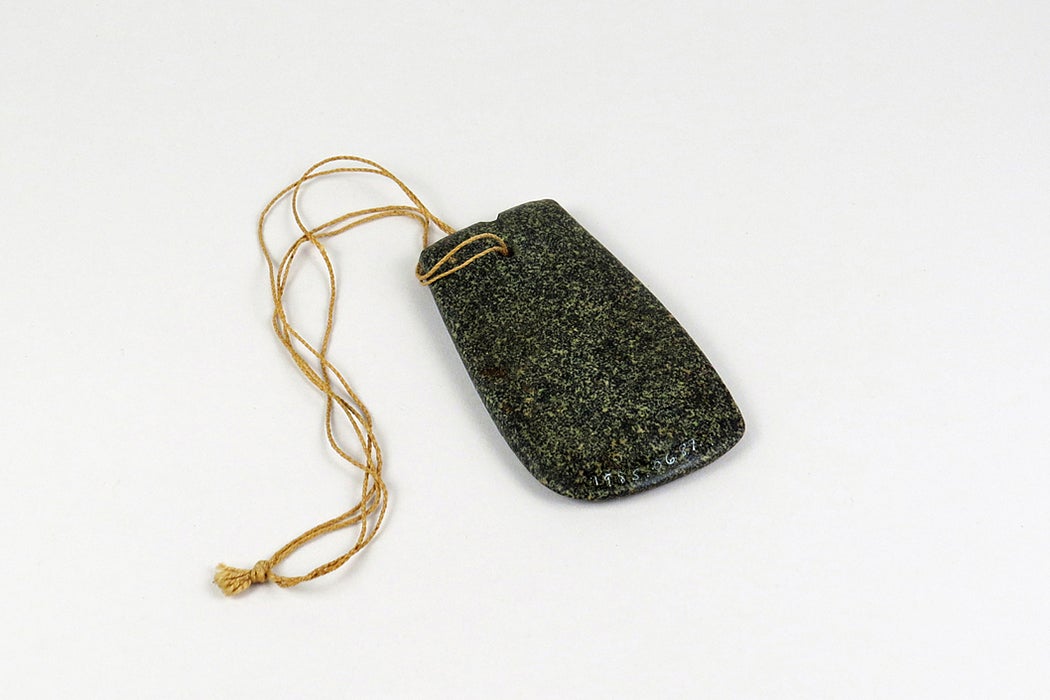For settlers living in rural Texas in the decades before the American Civil War, life was precarious. And, as physician-historian Watson C. Arnold writes, doctors were of little help, so many families approached health care as a DIY affair.
Arnold writes that life expectancy on the Texas frontier was between thirty-five and fifty years. Runoff from outhouses and animal shelters contaminated drinking water, contributing to the raft of infectious diseases that killed half of all kids before they were ten years old. Broken bones, falls, and cuts were all prone to be fatal in a time before modern surgery. And death in childbirth or from a postpartum infection was common. Women typically became pregnant about every two years, and they risked their lives each time.
American physicians at this time typically spent only a year or two training at a medical school. And the most talented among them rarely wanted to work out in the boonies. Those who ended up on the Texas frontier usually had few other options—sometimes because they had already tanked a practice due to drinking problems.
Even if they were skilled and caring, doctors had limited tools at their disposal. A doctor might set a bone, offer bleeding or purges, vaccinate patients against smallpox, or provide remedies such as opium and quinine. In some cases, their cures could be worse than nothing. Arnold takes the example of George David Caufield, who contracted tuberculosis and then developed infected lymph nodes, most likely due to contaminated milk. Doctors’ efforts—including the use of a mercury-based purgative—only made things worse, until he finally died as the result of a surgery.
And so, before, or instead of, seeking out a physician, Texans often turned to home remedies. Many of these were concoctions passed down by women within a family. Ingredients included commonly available products like herbs, vinegar, Epsom salts, sulfur, wood ash, and lard. Some of these remedies have since been proved effective in controlled studies, but many probably relied largely on the placebo effect. Other alternative treatments included unregulated mail-order patent medicines and magical techniques such as transferring an illness to an object like a broom or reciting Bible verses.
Weekly Newsletter
One particularly distinctive “cure,” used for animal bites and rabies, was “mad stones,” hard material found in the stomachs of some animals. Stones from a white doe were said to be the most powerful. The stones were boiled in sweet milk and applied to a patient’s wound. Strict rules governed their use: they could not be bought or sold, and the owner of a mad stone could not charge for its use, though they could accept gifts. They also could not be brought to a patient. Instead, the person seeking treatment had to visit the stone’s owner.
Arnold notes that, since most animal bites didn’t actually lead to rabies, the stones could be presumed effective in curing many people. And the fact that the treatment had no dramatic downsides probably made them better than many of the available alternatives.







